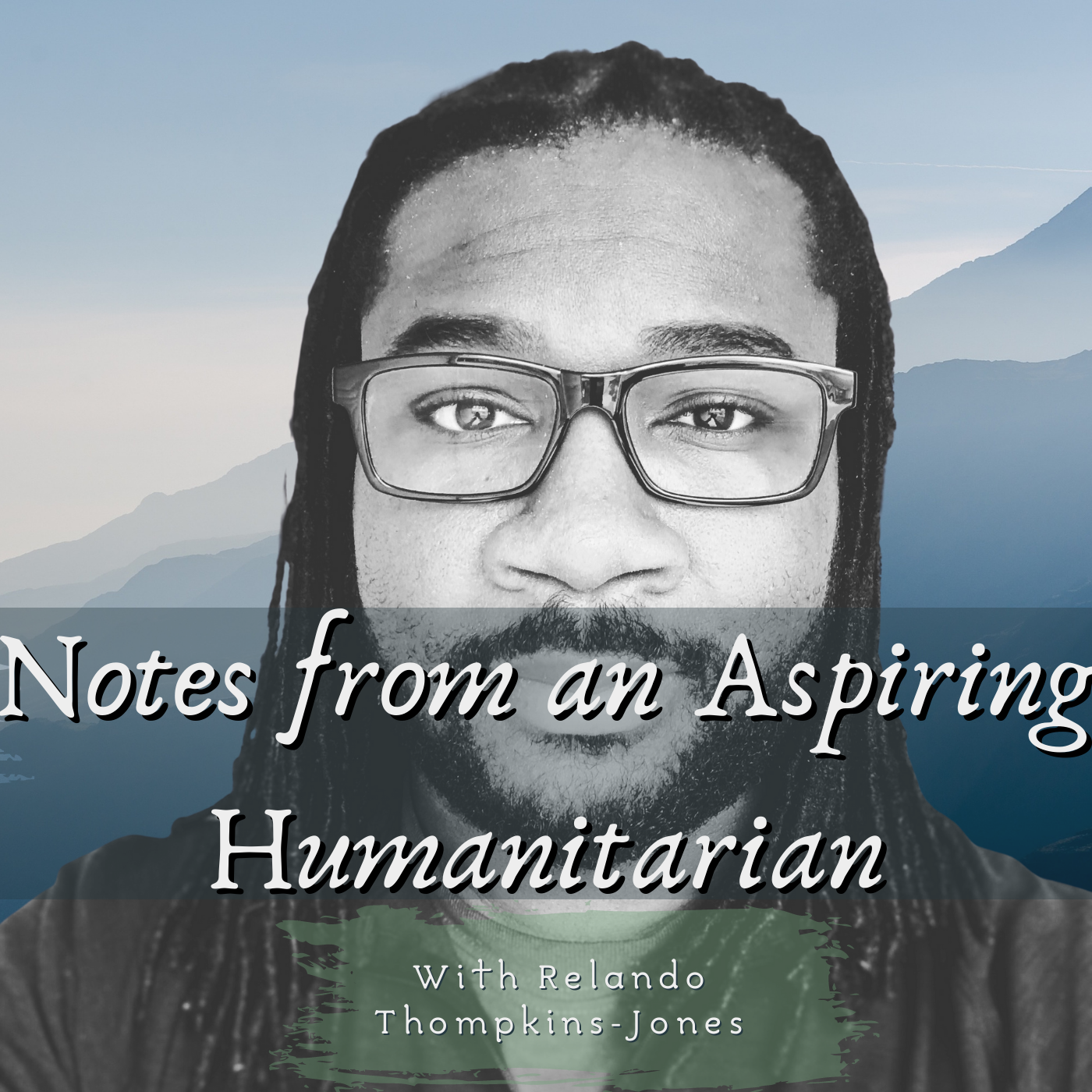6 Reasons Colleges and Universities Need to Face Race and Not Ignore It
In a talk on campus climate in a post-election era, Dr. Shaun Harper shared a number of themes that arose from his over 10 years of experience evaluating the campus climate of institutions across the country. I took some rough notes on a few of them that I’ll share here.
Discrepancies between what institutions say they’re about and what they actually do. Harper talked about how many students are “seduced” by the brochures of colleges and universities, expecting a more diverse and inclusive environment than they experience in reality. As I’ve written before, outside of my regular “assigned” duties, I use myself as a resource to students of color who are having feelings of disillusionment when they are met with the contradiction that can exist between the environment that is advertised before their arrival, and the one in which they actually experience.
Race is treated like a four letter word; a taboo topic. This creates a culture of silence. There are literally environments within higher ed where white folks are more concerned with being called racist than they are of actually recognizing how their thought processes and actions uphold white supremacy.
Self-reports of racial segregation refers to the ways students faculty and staff can identify the places were certain racial groups crowd together on campus. In one example, Harper referred to Fraternity row as Jim Crow row to describe how greek life can be stratified on campuses. A book was written which asked the question “Why are all the black kids sitting together at the cafeteria?” Typically when I’m asked this myself, it’s usually by a white person in a predominantly white environment. I usually respond by asking them to look around, and observe who they’re often sitting next to. “Why is it only noticeable when people of color gather?” “Have you ever thought about how problematic it it is that all the white folks are sitting together…or make up the majority of the professors, directors, presidents, provosts, etc on campus?” Let’s talk more about the message that sends and why it’s an issue.
The pervasiveness of whiteness in spaces, the curriculum, and activities. Institutions of higher education are not exempt from their roots in white supremacy. It’s important to acknowledge that curriculum, spaces, and activities are still very much taught, and valued from a Eurocentric framework. This literal erasure of the contributions of people of color only serves to reinforce dangerous messages that place a lack of value on people of color and assert white superiority.

A consciousness-powerlessness paradox among faculty and staff of color who are well aware of the issues, but in some ways feel powerless to do anything about them, as they may have tried to advocate for racial justice on their campuses themselves and faced institutional retaliation, or have been pushed out their universities themselves, or have seen it happen to others. Perhaps they’ve been around long enough to know that their institution’s claims to value diversity, inclusion, equity, and social justice amount to lip service or broken promises. Either way, this oppressive reality silences dissent and maintains white supremacy.
White student/faculty/staff overestimation of student/faculty/staff of color’s satisfaction with the environment. I remember being at an orientation at a predominantly white institution where presentation after presentation revolved around how great the institution was. As I sat in those sessions I looked at my watch, and also out the window, as I knew that in just a few hours students of color would be gathered around the common area to call the institution to task for a climate of racism on campus. When talking about marginalization the folks who are more intimately connected with it have a better sense of what’s actually taking place than those who don’t experience it, and in many ways benefit from that marginalization.
Each of these themes consistently appeared over the course of Harper’s 10+ years of research, and serve as a challenge to institutions to put actions and resources around any rhetoric that professes a commitment to diversity, inclusion, equity and social justice. Anything otherwise amounts to lip service and broken promises.
From Aspiring Humanitarian, Relando Thompkins-Jones















3 Responses
[…] I am reminded of Donnetrice Allison’s talk on how institutions can have diversity, and be practicing exclusion at the same time through their institutional practices. I think of times when institutional issues are brought up and am reminded of Sara Ahmed’s affirmation that naming a problem that already exists is not creating a problem. I am also reminded of Shaun Harper’s thoughts on how institutions pay to ignore racism, and the reasons they need to face race and not ignore it. […]
[…] navigate institutions that uplift whiteness as the standard of both normalcy and excellence. Include your institution as being a part of the problem. Because it […]
[…] Blog Post referenced in this episode:6 Reasons Colleges and Universities Need to Face Race and Not Ignore It […]